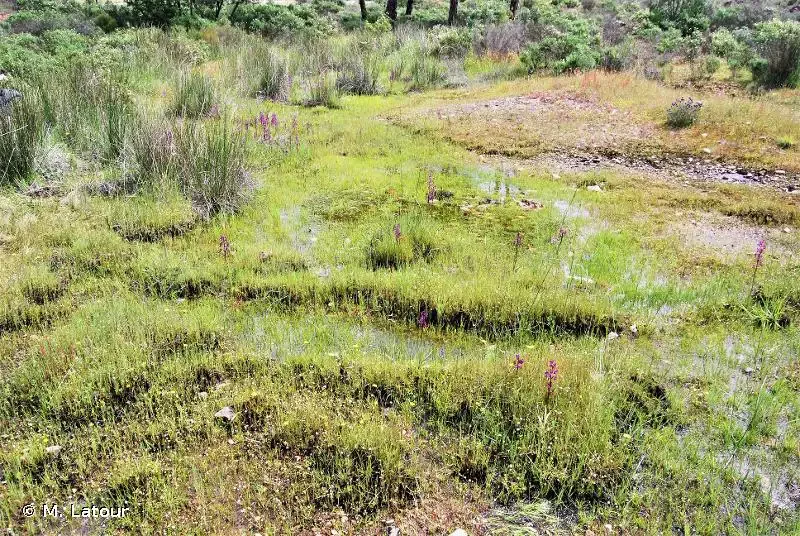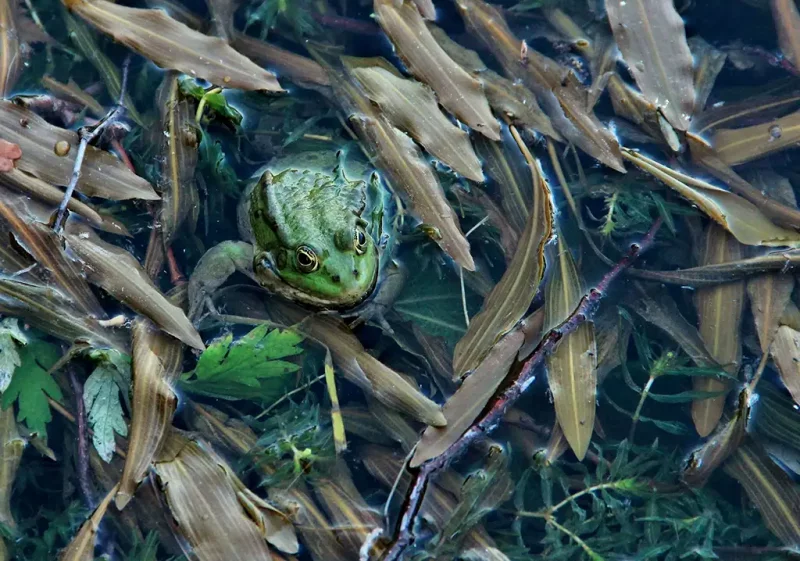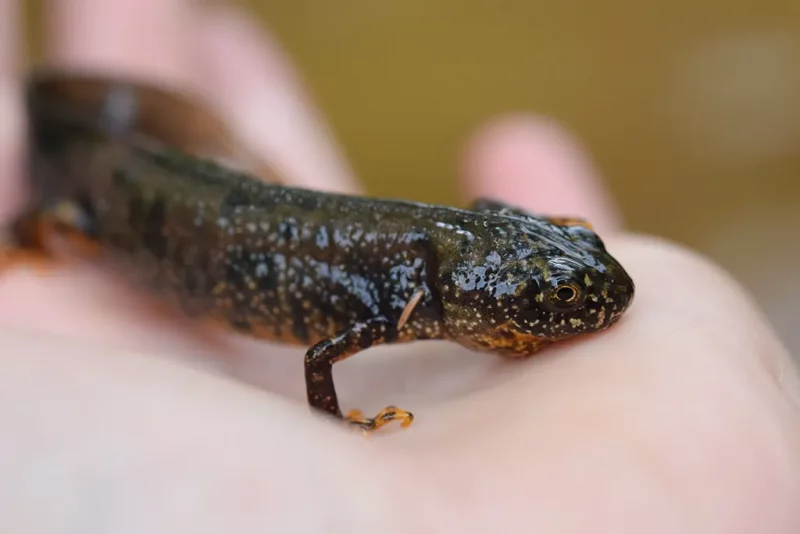Why is rehabilitating a network of puddles necessary?
Like all wet environments in Mediterranean France, temporary puddles are declining habitats, facing various threats: drainage practices, or on the contrary permanent immersion, drainage due to improper or inexistant management, etc.
In the La Capelle pond and puddles site, 56% of the Mediterranean temporary puddles are in a bad state of conservation; 10% are subject to deliberate filling, in part or in whole, by the dumping of dredged material: earth, gravel, plant residues, etc.
The presence of amphibians relying on the availability of a quality puddle network, sufficiently dense and inter-related. The network’s disintegration and fragmentation are the main reasons why many community importance species on the site drop in population, including the great crested newt or the western spadefoot toad.
Within the La Capelle pond and puddles site, 80% of the puddles in this network have an insufficient or bad Habitat Suitability Index for the great crested newt, a rather northern species, nearing the limits of its range in the Mediterranean region.


